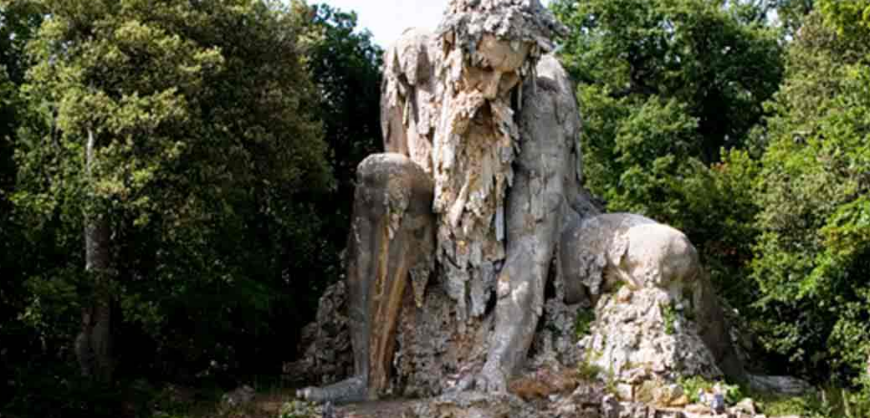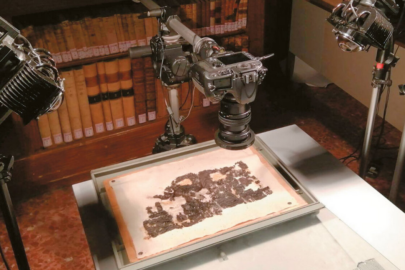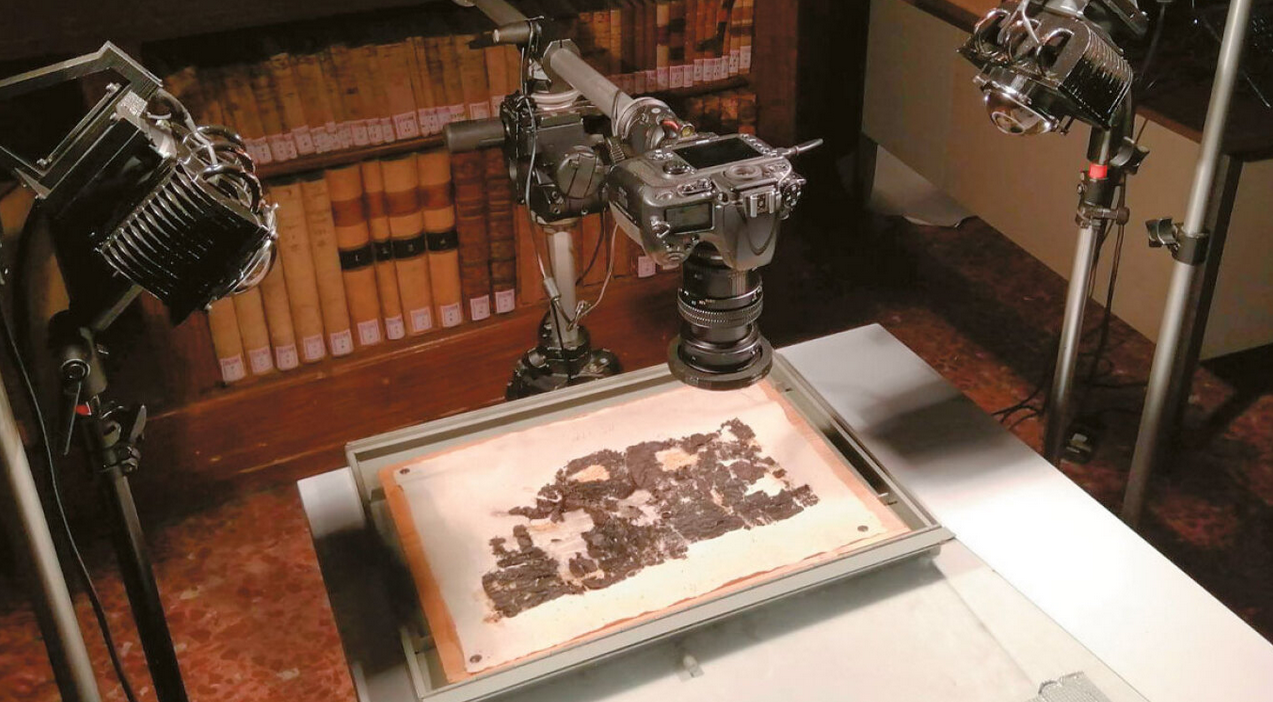At the feet of the Apennines, Aeneas and his men defeated the Latins in one of the first victories of the early Romans. Amid flying arrows and screaming men, the Latins laid down their weapons and were taken by Aeneas’ army while Father Apennine watched. Since then, the Apennine Mountain Range has seemingly had a life of its own. Giambologna, a 16th century Renaissance sculptor, worked a magic of his own when he gave Father Apennine a face in the gardens of Villa di Pratolino. When one gazes up at the Colossus, the superhuman figure is not only imposing, but threatening, as if daring visitors to endanger his territory.
IMF predicts Greece to grow at a faster pace than the Eurozone over the next two years
Rising 35 feet (10.67 m) into the sky, the colossal sculpture towers over all who step into his shadow, as if all that surrounds the ‘great father’ is at the absolute mercy of his power. Portraying the Apennines as an ancient, wizened guardian, the sculpture seems inhumanly made as if the gods watching over Aeneas himself chose to craft man out of mountain. As Father Apennine is not depicted in ancient artworks (at least none that have been found), and the description by Virgil is limited to “father” and “snow-crowned head”, Giambologna is believed to have drawn on the titan Atlas when giving a face to the mountains.
Continue here: Ancient Origins






































